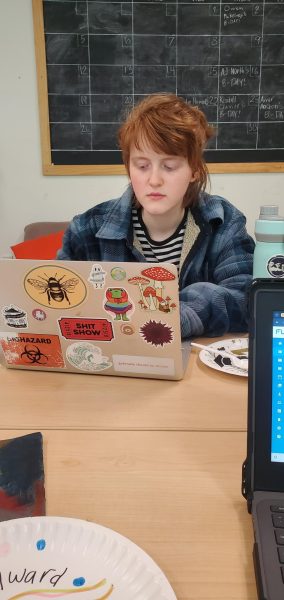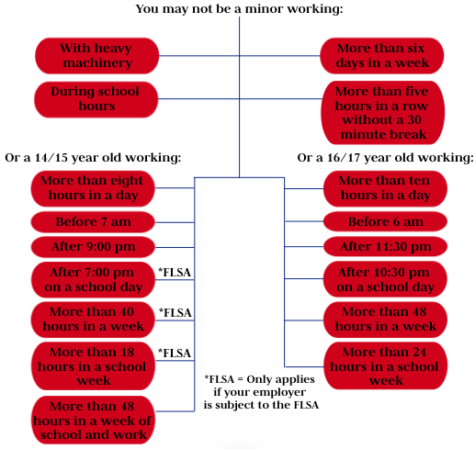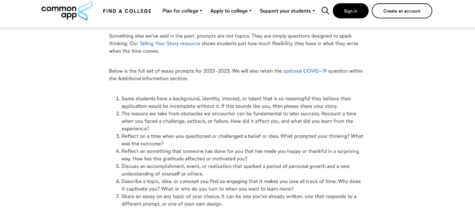The College Admissions Process: How to Navigate the Puzzling Process
The college admissions process is a mystery for many underclassmen: what classes to take, when to take standardized tests, which clubs to join? Going into senior year, there are a lot of anxiety-inducing unanswered questions. Even going into the Fall of senior year, many feel they know so little.
Aliya Alam (‘23) took the route of applying Early Decision (ED) to Boston College. Boston College is a highly selective research university, where Alam will be studying nursing. Committing to a school through Early Decisions means you are bound to that school, and if you get accepted, you must go there. Additionally, you must retract all applications to other schools you may have applied to.
“I knew that BC was my top choice, so during the admissions process, it made the most sense for me to [apply] ED because it would increase my chances,” says Alam. Applying Early Decision is a great option for those who have one specific dream school above all others, especially since higher acceptance rates are common for ED applicants. The application is due on November 1, and depending on the school are released in the middle of December-January.
For those who decide to take the route of an ED application gain the added sense of security, with know for sure which school they will be attending. “Since I got my decision earlier in the year, it felt reassuring to know where I was going,” said Alam. “And having the time to get to know others who are attending BC also gave me a sense of belonging since I’m coming from out of state.”
Coming from Ann Arbor, the University of Michigan is a sacred being of sorts. Nina Taleb Bendiab (‘23) had her sights set on U of M and decided to apply Early Action (EA). Early Action is different from Early Decision in that it is not restrictive, yet decisions still come out well before the regular decision date. Early Action is a great option for those who want to receive decisions early, as well as showing some added interest.
Like ED, EA applications are mostly due November 1, with decisions coming out January through February. “I was definitely super anxious the couple weeks leading up before,” says Taleb Bendiab, “and it’s hard to have to wait a long time for your decision.” Counting down the days and hours until getting the email from a dream school is extremely stressful. Dealing with nerves in a productive way however, can alleviate a great deal of stress. “I tried distracting myself with my favorite hobbies as much as possible until the decision came,” says Taleb Bendiab.
There are three decision possibilities with an EA application: acceptance, rejection, or deferral. A deferral means that your application gets moved into the regular decision pool. Some schools allow for a Letter of Continued Interest, which is a short letter written to the admissions office explaining why that school is the best fit for you. A deferral letter is not the end of the world, it just means the school would like to receive every application before deciding if they would like to admit you as well.
Early Action and Early Decision are only two out of the three possible admissions routes. Regular Decision has a later deadline, usually around the beginning of January, and decisions are released from the middle of March through the beginning of April.
Elena Mychaliska (‘23) decided to only apply Regular Decision. “There weren’t any schools I was really interested in that I wanted to apply to early,” said Mychaliska, “I didn’t have a top choice, and didn’t want to make an outright commitment, so it just made the most sense for me.” Applying Regular Decision to schools allows for a more relaxed admissions process for some, where a longer preparation time and lower up-front commitment are beneficial. “It is really nice to know early,” admits Mychaliska, “but I don’t have any regrets about [Regular Decision] since it fit where I wanted to go.”
Knowing the right process or combination of processes, with a mix of ED, EA, and RD depending on schools, goals, and more, will alleviate a lot of stress.
Your donation will support the student journalists of Skyline High School. Your contribution will allow us to cover our annual website hosting costs.

Kat Bauer ('23) is part of the news team for The Skyline Post. She is a captain of the Varsity crew team and a vice president of Skyline's DECA chapter....










